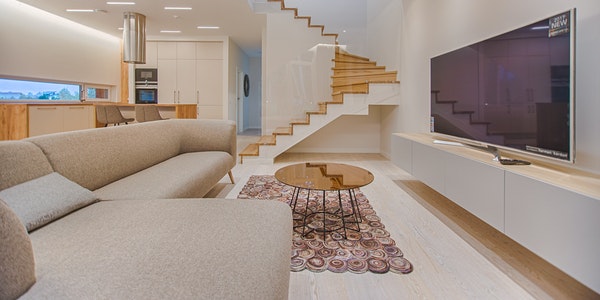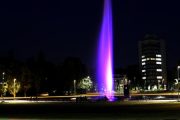Today in the 21st century, with the rapid development of economic construction, the progress of the times, and the gradual improvement of people’s quality of life, more people are willing to go out of their homes at night to relax and watch the night scene in the community they live in. Let the body and mind of a busy day be released and happy. This article mainly discusses the street lamp design of residential quarters. There are two important considerations: the social safety of the people in the residential area and a good and comfortable lighting environment.
Illumination classification
In real life, most of the objects we see are not flat, but three-dimensional. Therefore, the illuminance can be divided into three categories: vertical illuminance (E v), cylindrical illuminance (E c) and hemispherical illuminance (Ehs).
Today in the 21st century, with the rapid development of economic construction, the progress of the times, and the gradual improvement of people’s quality of life, more people are willing to go out of their homes at night to relax and watch the night scenes in the communities they live in. Let the body and mind of a busy day be released and happy. This article mainly discusses the street lamp design of residential quarters. There are two important considerations: the social safety of the people in the residential area and a good and comfortable lighting environment.
Illumination classification
In real life, most of the objects we see are not flat, but three-dimensional. Therefore, the illuminance can be divided into three categories: vertical illuminance (E v), cylindrical illuminance (E c) and hemispherical illuminance (Ehs).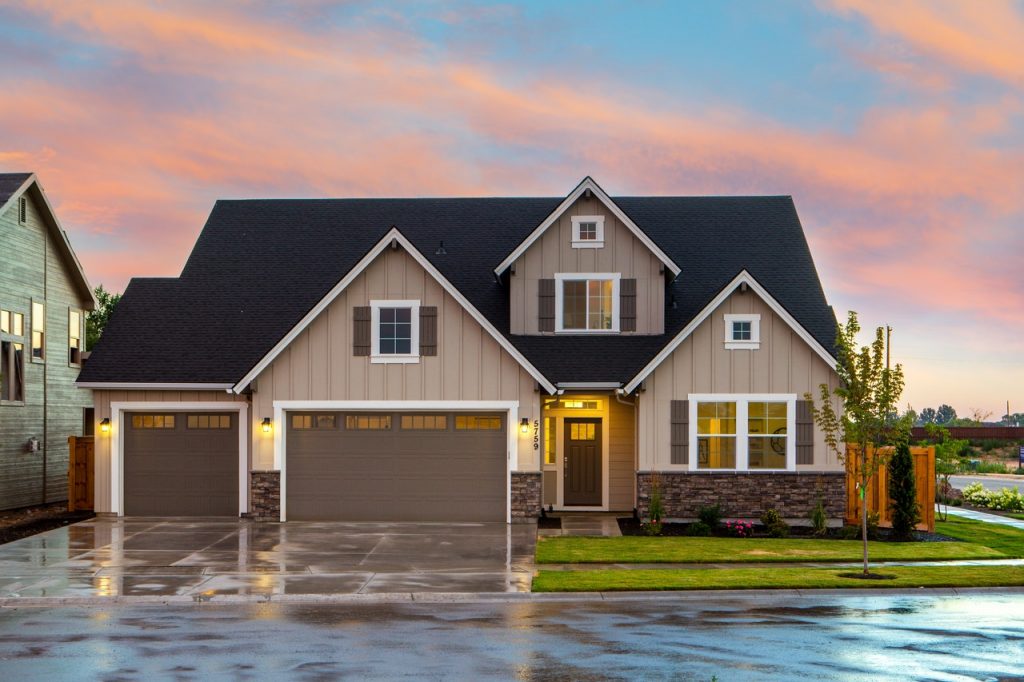
- Facial recognition
At night, when people meet in a residential area, recognizing each other is an element to be considered in the design. The lighting parameter most closely related to facial recognition is the hemispherical illuminance. Studies have shown that pedestrians are around 4m, and they need at least 0.8Lx of hemispherical illumination to see each other’s faces clearly. In order to ensure driving safety, the driver sees the pedestrians and obstacles on the road clearly, and the main road or branch road considers the lighting parameter as the vertical illuminance.
- Determine the location
In addition to the consideration of the road illuminance in the community, the designer has another point worth paying attention to. The lighting on the name signs of each building should enable each visitor to accurately determine the location at night and quickly find the person he wants to visit.
Lighting Evaluation Criteria
At night, the demand for street lighting by pedestrians and residents of residential communities can be summarized as follows:
Street lighting should be able to provide convenience for walking and direction identification, and help facial recognition.
Residents at home, street lighting helps to find people and is not affected by light interference (especially glare) to rest.
The two also have common lighting requirements: one is to beautify and brighten the environment of residential quarters and enhance people’s yearning for modern life. The second is to have the function of defending against violence, vandalism and crime.
The most important evaluation criteria to meet the above requirements are lighting level (illuminance), uniformity, and glare control.
- Illumination level (illuminance)
The lighting design of residential quarters should be able to show the road conditions, alignment and obstacles, so that pedestrians can distinguish the forward direction and walk safely. The average illuminance of residential areas with low pedestrian flow is 5Lx, and the minimum illuminance of 1Lx can basically meet the requirements.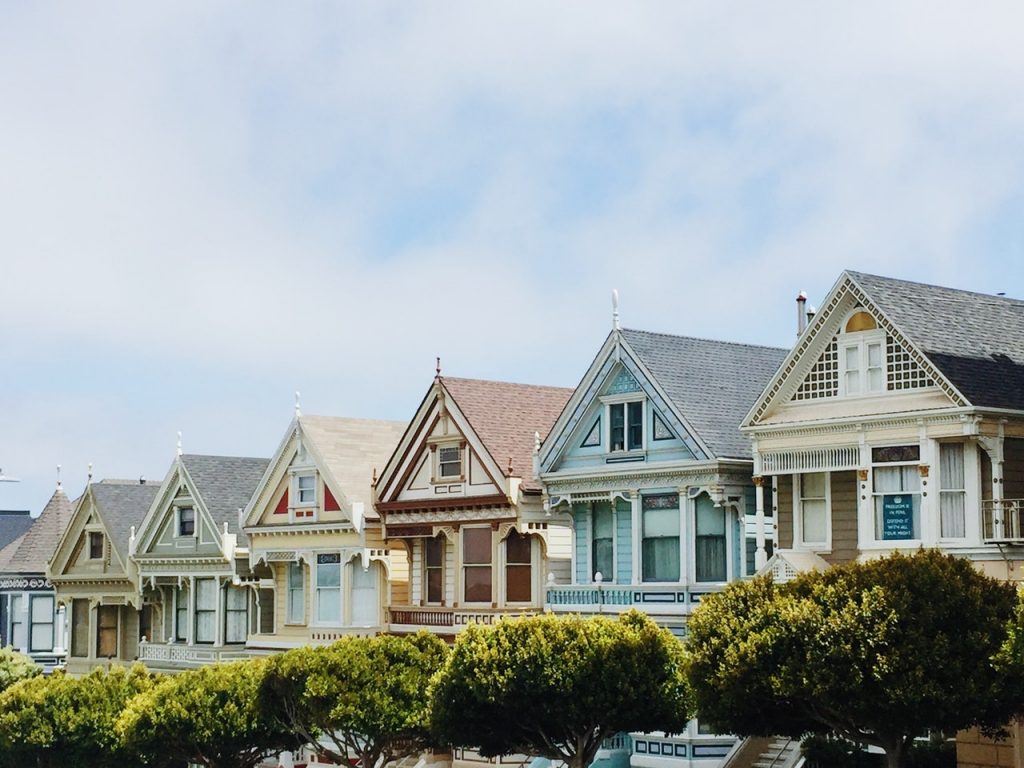
- Refer to “Urban Road Lighting Design Standards” and recommend the following standard values.
|
Pedestrian volume |
average illumination Eav (lx) |
Min illumination Emin (lx) |
illustrate |
|
Large flow |
10 |
3 |
Able to identify other people’s facial features and a more comfortable lighting environment |
|
Medium flow |
7.5 |
1.5 |
Easy to locate |
|
Low flow |
5 |
1 |
The minimum value required for accurate detection of obstacles |
- Uniformity
The ratio of the minimum illuminance to the average illuminance on the road. In order to achieve a more ideal uniformity, referring to lighting design standards and some foreign experience, it is recommended that the ratio of the maximum illuminance to the minimum illuminance on the road surface is ≤20:1.
- Glare control
For people in residential areas, glare is not as important as road drivers. The main reason is that pedestrians are not as fast as cars, and they generally do not collide with each other during their journey due to strong glare.
On the contrary, in today’s rich material life, everyone has a keen interest in colorful and dazzling landscape decoration lights, fireworks lights, floodlights, underground lights, etc., which proves the beauty of “seeing the scenery during the day and the lights at night” scene. It also reflects the atmosphere of people in modern cities pursuing a sweet life and striding forward to a well-off society.
In order to control the glare well, it is recommended that the height of the column type landscape lights and courtyard lights in the community be controlled within 3.5m ~ 5m, and the height of the lawn lights should not exceed 1m.
Lighting configuration
- Light source
Street lighting sources in residential quarters are basically used: low-power high-pressure sodium lamps, high-pressure mercury lamps, metal halide lamps, thin-tube fluorescent lamps and energy-saving lamps.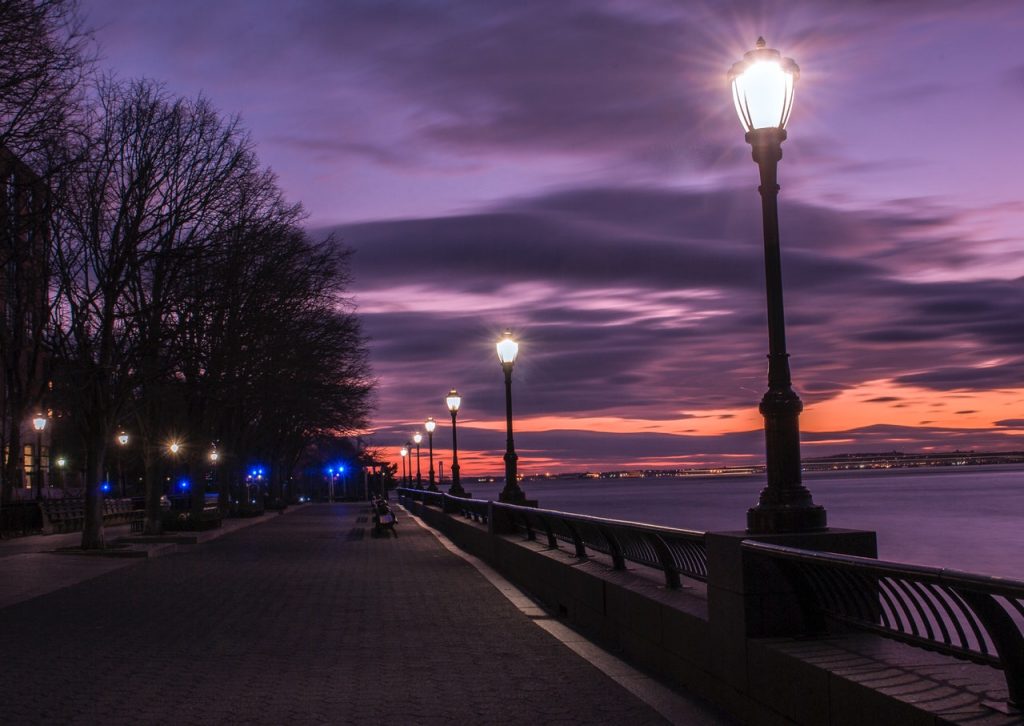
- Fixtures
(1) For the main road and branch road of the community, as long as the width of the road allows small-scale engineering overhead vehicles to pass, it is recommended to use functional lamps. The protection level of the light source cavity is not less than IP54, and the lamp efficiency is not less than 70%. The light source is suitable for 40W~50W LED street lights. The installation height should be 4m~6m, in order to achieve the purpose of convenient maintenance and significant lighting effect.
(2) On the road in front of the residence, the customized stainless steel wall lamp can be fixed on the wall of the unit stairway or fixed on the electro-galvanized angle iron in various places. If conditions permit, underground cable lines can be used to install 3.5m~5m single-phase garden lights. The light source is suitable for 30W LED lamps or energy-saving lamps.
(3) Building signs can be routed along the wall to the signs, and small floodlighting fixtures and built-in LED lights can be installed. Or when the street lamp lighting in the residential area is matched, the street lamp unit and the developer have agreed in advance to customize the courtyard lamp with signs to achieve the function of lighting at night and having building instructions.
(4) For leisure and fitness equipment plazas, you can install novel landscape lights, courtyard lights or underground lights in an appropriate amount. Where there is a small stream, install a small amount of underwater LED spotlights or low-power wall floodlights. The flow of residents in these places is relatively concentrated, and the protection level of the lamps should not be lower than IP65.
In short, it is necessary to highlight the theme and show the individuality, the number should not be too many, and the light should not be too strong, so as to avoid light pollution and affect people’s emotions.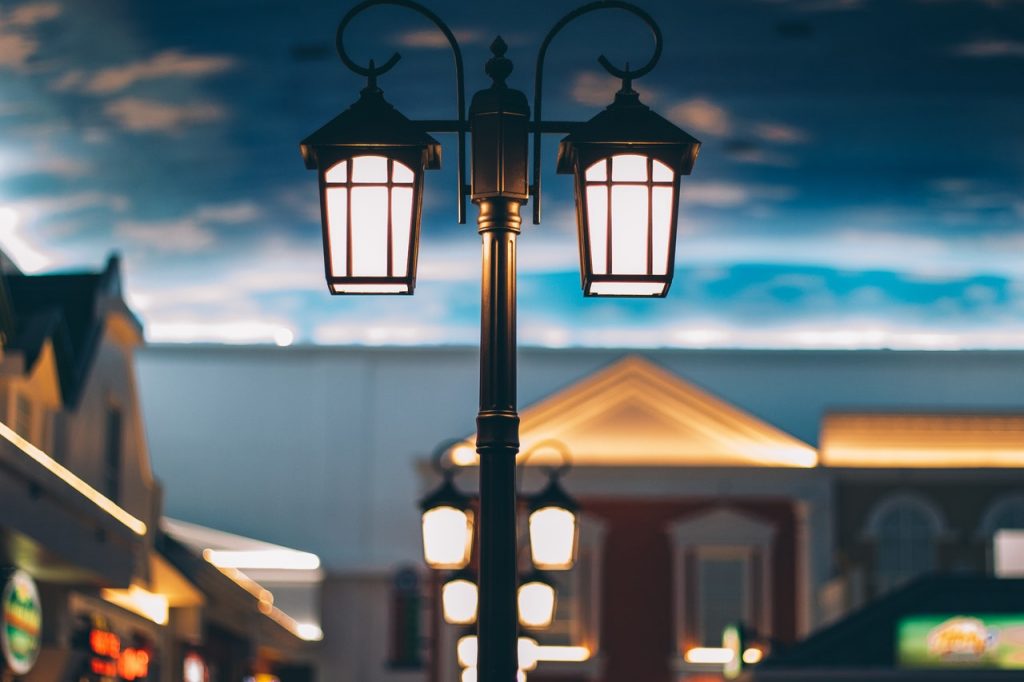
Street light settings
- Enter the straight line section of the main road and branch road of the community, it is recommended to use a single-sided continuous lighting method.
- On curved road sections, street lamps should be arranged along the outside of the curve and the distance between lamps should be reduced. The distance should be 50% to 70% of the distance between lamps on straight road sections. The smaller the radius, the smaller the distance, and the length of the overhang should also be Shorten accordingly.
- At the turning point of the road, the lamp shall not be installed on the extension line of the lamp in the straight line section, so as to avoid misleading the driving.
- On sloping ground or steep roads, the arrangement of street lamps should be such that the light distribution symmetry plane of the lamps in the direction parallel to the road axis is perpendicular to the road surface.
- In the road section with dense trees and severe shading, use extended lamp arm or horizontal suspension cable arrangement. Depending on the site conditions, the distance between the lamps can be shortened or the installation height can be reduced.
- Install street lights as far away as possible from residents’ bedrooms or balcony windows.
Lighting power supply and control
- Lighting power supply
The location of the street lighting control box should be as close as possible to the power distribution room or branch box of the power supply department in the community. In this way, the cable length can be shortened, the project cost can be saved, and the main power supply can be easily connected.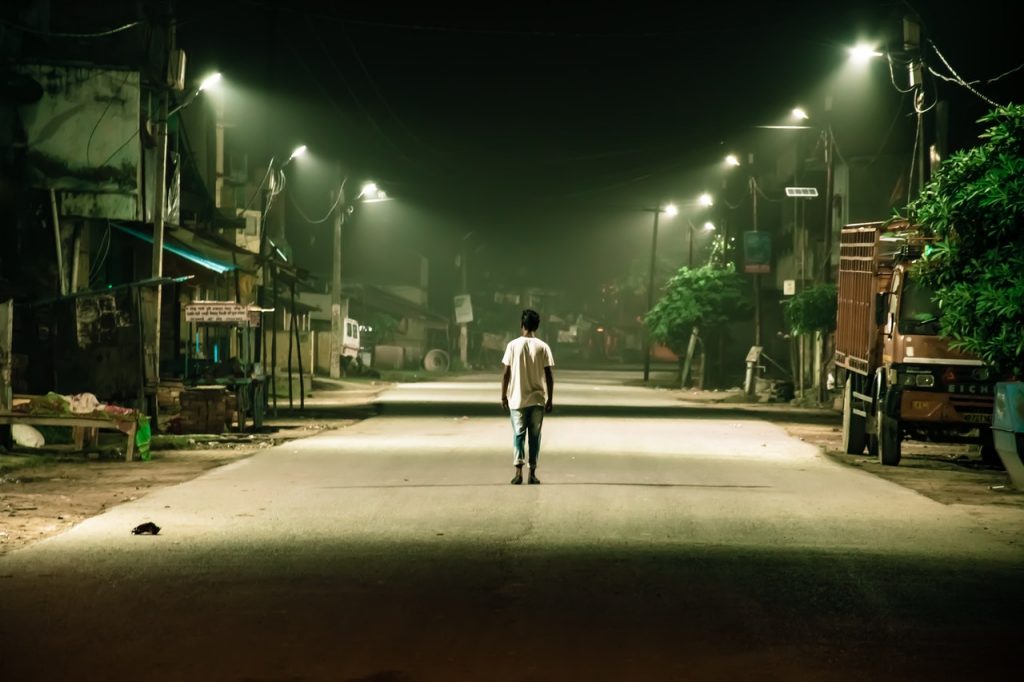
- Lighting control
At present, due to the characteristics of multiple locations, wide coverage, and large volume of supporting residential districts, it is difficult to integrate all of them into the wireless monitoring and management system of various regions to implement unified and centralized control. Therefore, the clock controller is installed in the discrete control box to switch the lights.
The biggest disadvantage of the clock controller is that it will produce switching delay error after a period of operation, which requires manual adjustment and correction in time. Therefore, as long as economic conditions permit, it is recommended to install remote control nodes or dual-cable loops in large supporting residential communities, and implement centralized control and midnight light management mode.
At present, housing development and construction are in full swing in various places. How to reflect the humanized design concept of the residential area, improve the lighting function, and achieve the best lighting effect, while considering safety, environmental protection and energy saving, is a topic worthy of discussion and research for each of us engaged in lighting designers.

